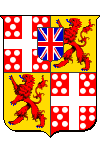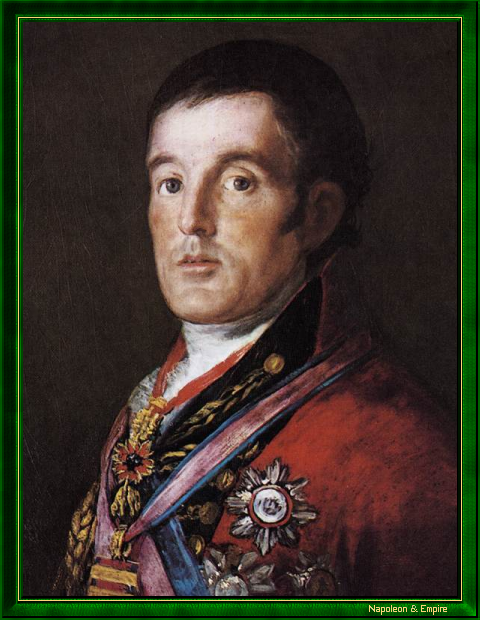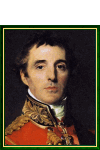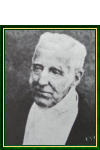First Duke of Wellington

Arthur Wesley, third son of Garret Wesley, first Earl of Mornington, was born in Ireland (either Dublin or Duncan-Castle, County Meath) around May 1, 1769 (April 30, according to some sources).
Soon orphaned of his father, he began his studies at Eton, where he did not excel; he was then sent to Brussels for private tuition, and later to the military school in Angers.
Ironically, the young man had no aspirations for a military career, preferring to indulge his passion for music; however, he complied with his mother's wishes and joined a Highland regiment.
He fought in Flanders in 1794, and in 1796 led the campaign in India, where his elder brother was Governor General. In March 1798, his name was legally changed from Arthur Wesley to Arthur Wellesley. Knighted, he returned to England in 1805.
The following year, he was elected Member of Parliament for Rye, and less than a year later, the Duke of Portland appointed him Chief Secretary for Ireland. These parliamentary duties did not prevent him from pursuing his military career, which included campaigns in Portugal and Spain, where he commanded the British army during the Peninsular War. His successes culminated in the Battle of Vitoria, which brought the imperial army back to France.
He received the title of Duke of Wellington in 1814, and his military career reached its apotheosis on June 18, 1815, at the Battle of Waterloo.
Acclaimed as a hero and showered with honors in the United Kingdom, Wellington returned to his parliamentary seat and, in 1828, was invited by King George IV to form the government. As Prime Minister, he pursued a very conservative policy, although in 1829 he passed the Catholic Emancipation Act, granting Catholics almost full civil rights in the kingdom.
The unpopularity of his domestic policies forced him to resign in November 1830. He subsequently served as Foreign Secretary and Speaker of the House of Lords, briefly again as Prime Minister during four weeks in 1834, retiring from politics in 1846.
He died on September 14, 1852, in Walmer, County of Kent, England, and was buried in St. Paul's Cathedral , London. His imposing tomb , in the crypt, adjoins that of Horatio Nelson.
"Arthur Wellesley, Duke of Wellington" by Francisco José de Goya y Lucientes (Fuendetodos 1746 - Bordeaux 1828).

The Duke's title comes from the town of Wellington, in the English county of Somerset. In his honor, the name was subsequently given to numerous towns throughout the Anglo-Saxon world: in the United States of America (in no fewer than thirteen states), Canada, South Africa, Australia and, of course, New Zealand, where the town of the same name became the capital in 1865.
Banknotes: From 1971 to 1990, the Bank of England issued a 5-pound bill paying tribute to the Duke of Wellington on the reverse.
Other portraits

Enlarge
"Arthur Wellesley, Duke of Wellington" by Sir Thomas Lawrence (Bristol 1769 - London 1830).

Enlarge
"Arthur Wellesley, Duke of Wellington" by John Richard Wildman (1785-1839).

Enlarge
"The Duke of Wellington in his old days". Daguerreotype by Antoine Claudet (Lyon 1797 - London 1867).